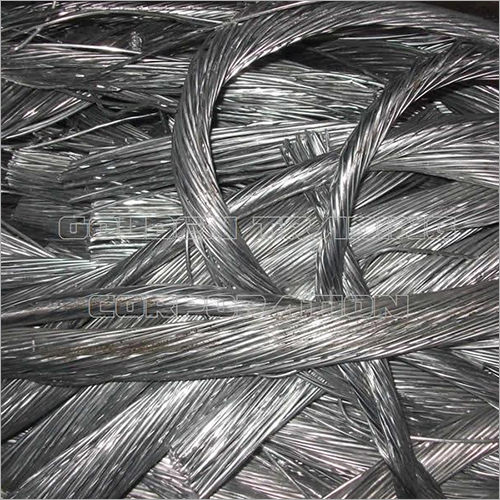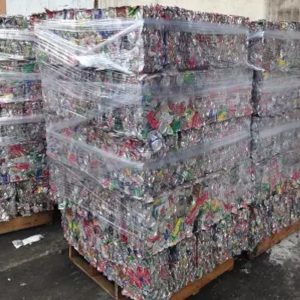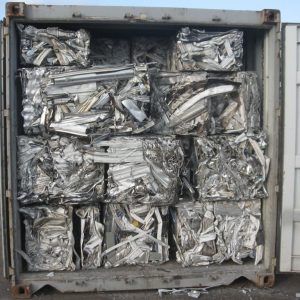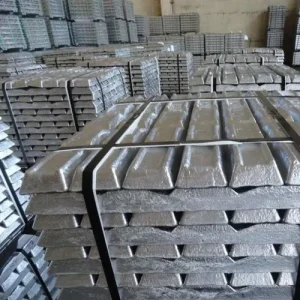Description
Aluminium Wire Scrap: A Valuable Resource in the Recycling Industry
Aluminium Wire Scrap plays a crucial role in today’s recycling market. Its high recovery value, lightweight nature, and versatility make it a top choice for industries seeking sustainable and cost-effective solutions. As a result, aluminium wire scrap continues to gain importance in the circular economy.
What Is Aluminium Wire Scrap?
Aluminium wire scrap includes discarded or leftover aluminium wires from electrical systems, construction sites, and industrial equipment. These wires may appear bare, insulated, or mixed. Typically, recycling facilities collect and process them into reusable aluminium products. Importantly, aluminium retains its quality through multiple recycling cycles, making it an ideal material for reuse.
Benefits of Recycling Aluminium Wire Scrap
-
Energy Efficiency: Recycling aluminium wire scrap uses up to 95% less energy compared to producing aluminium from raw ore. Consequently, this results in significantly lower greenhouse gas emissions.
-
Cost Savings: Manufacturers save money by using recycled aluminium, which offers the same quality as new material at a reduced cost. Therefore, businesses can remain competitive while embracing sustainability.
-
Environmental Impact: Recycling helps conserve natural resources by reducing the need for mining and raw material processing. Moreover, it reduces the strain on ecosystems and landfills.
-
Economic Opportunity: The aluminium scrap trade supports job creation and income generation, especially in regions that depend on recycling as part of their local economy. In addition, it helps informal sectors in developing countries thrive.
Common Sources of Aluminium Wire Scrap
-
Electrical Wiring: As buildings undergo renovations or upgrades, contractors replace old wiring, which recyclers then collect. As such, this source remains one of the most consistent for scrap collectors.
-
Industrial Equipment: Technicians often remove aluminium wiring when dismantling old machinery. In many cases, this scrap is readily available in industrial zones.
-
Automotive Sector: Vehicle dismantlers recover aluminium wiring from cars and trucks for recycling. Ultimately, this supports a steady supply chain for the scrap industry.
Global Market Trends
The global market for aluminium wire scraps continues to grow. Due to the rising demand for lightweight and recyclable materials, industries like automotive, aerospace, and construction have increased their consumption. Countries such as China, India, the United States, and many European nations actively participate in the scrap trade by importing and exporting aluminium waste.
Furthermore, both governments and private companies are investing in advanced recycling technologies. As awareness increases, new policies and infrastructure improvements are helping to streamline scrap collection and processing.
Conclusion
In conclusion, aluminium wire scraps offers far more than meets the eye. It serves as a valuable asset in a world increasingly focused on sustainability. By recycling this versatile material, scrap dealers, recyclers, and manufacturers all benefit economically and environmentally. Looking ahead, the demand for recycled aluminium will only continue to rise, solidifying aluminium wire scrap’s role in global resource conservation and sustainable development.





Reviews
There are no reviews yet.